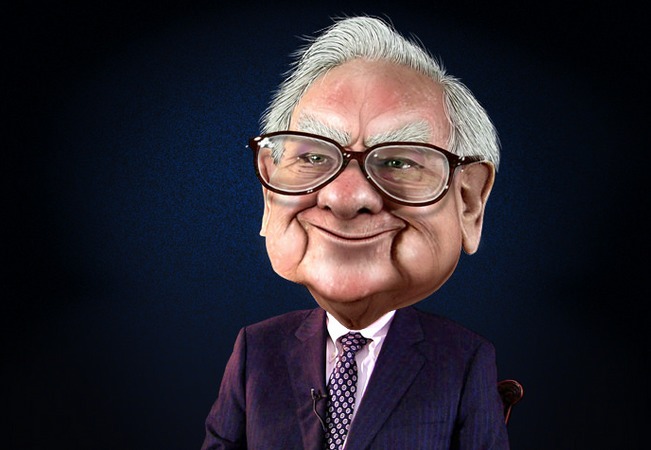The US equity markets have increased eight years in a row.
Risk-averse investors look at history and note the longest stretch of positive returns for the S&P 500 Index ended in 1999-2000 with a thud, when the market corrected by 40% or so.
Statistically, this kind of thinking falls into the fundamental trap called the gambler’s fallacy, which essentially says each event is an independent one that has no bearing on past or future trends.
In other words, the probability of every coin flip is always 50%, even if the previous eight coin tosses came up heads.
So historical parallels are of little help here, in my opinion.

Robust Year
Last year proved to be a profitable one for equity investors as the Dow Jones Industrial Average gained 13%, the S&P 500 advanced 10% and the NASDAQ Composite Index finished up with a 8% rise.
According to my research, current valuations are a touch over historical levels. At the end of 2016, the S&P traded at 17x forward earnings.
That’s the a definite premium in my view, but deservedly so, given the ability to generate profits and cash flow of these powerful companies.
Merger Boom
With interest rates at rock bottom levels, in my opinion, the financing environment remains excellent.
Evidence of this is in the buoyant merger and acquisition volumes in 2016, one of the highest on record.
Uncertainty looms over the stock market in 2017. It’s unclear what will happen to corporate tax reform and other pro-growth legislation.
It’s also far from certain that the energy and housing markets will continue to recover.
Nine years in a row looks like a formidable hurdle for continued gains, but one year at a time might be the more accurate way of looking at it.
Photo credit: leadiv via Flickr Creative Commons




